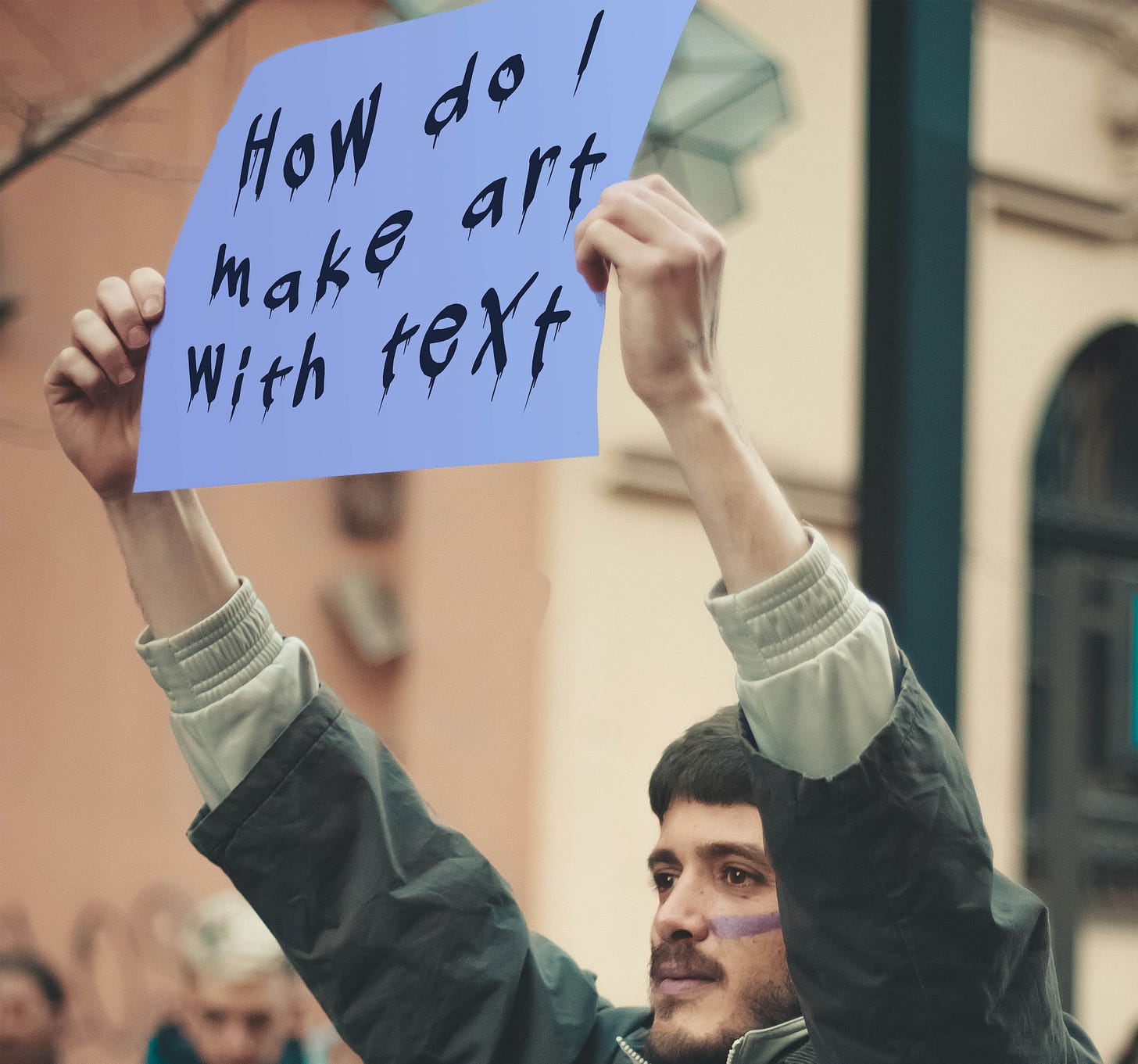During the time topic a couple of old sayings came up that reminded you of a time or place. I thought it might be fun to make some work based on words or phrases. Use your sketchbook to explore ideas – I think you will be surprised at things that come to mind when you start making notes.
Do you have a favourite saying, maybe a personal or family one? Perhaps a mis-spoken word or phrase that has entered your family vocabulary. It could be something funny or something that drives you crazy.
There are quite a few ways to describe sayings:
Aphorisms: Short, witty statements that express a universal truth or wisdom. Example: Actions speak louder than words.
Idioms: Expressions whose meaning isn't directly derived from the words themselves. Example: Spill the beans (meaning to reveal a secret).
Proverbs: Traditional sayings that offer advice or insight. Example: A stitch in time saves nine.
Maxims: Similar to aphorisms, but often more instructive or moralizing. Example: Honesty is the best policy.
Adages: Old and well-known sayings. Example: Where there's smoke, there's fire.
Platitudes: Overused expressions that have lost their impact. Example: Everything happens for a reason.
Saw: An old-fashioned term for a proverb or maxim. Example: Measure twice, cut once.
Here are some creative techniques to integrate sayings into your artwork:
Typography as Art: Use expressive lettering styles to make the words themselves a visual focal point—hand lettering, calligraphy, or even chaotic, overlapping text can add depth.
Layering & Collage: Combine printed or handwritten sayings with images, textures, and colours, making the words part of a mixed-media composition.
Symbolism & Metaphor: Represent the meaning of a saying through imagery instead of text. For example the Victorian language of flowers.
Literal Interpretation: For example, spill the beans could feature scattered beans. Think 'Catch Phrase'!
Negative Space & Cut-outs: Use stencils, cut-out letters, or negative space to highlight a phrase, creating an interplay between text and the background.
Hidden Messages: Embed words subtly in patterns, textures, or even code (Morse, signing, semaphore) making them part of the visual intrigue.
Watercolour & Ink Wash: Let text emerge subtly from transparent layers, or create a dreamy effect where words dissolve into the background, blending with the imagery.
Acrylic & Gouache: Bold, opaque strokes can make typography a dominant element, while layering can allow sayings to peek through like hidden messages.
Dripping & Splatter Techniques: Mimic the organic movement of language—whether chaotic like a rebellious proverb or soft like a whispered aphorism.
Resist Techniques: Use masking fluid, wax, or tape to preserve text against the watercolour wash, revealing crisp words when removed.
Ink Calligraphy & Brushwork: Express the energy of a saying through gestural marks, distorted lettering, or flowing script that merges with the imagery.
Mixed Media on Wet Canvas: Let words bleed, distort, or merge unpredictably with watercolour or ink, capturing the fluidity of interpretation.
Layering Transparencies: Overlay thin washes to subtly build meaning—words appearing and disappearing depending on the depth of layers.
Paper Engineering: pop ups, interactive elements etc




